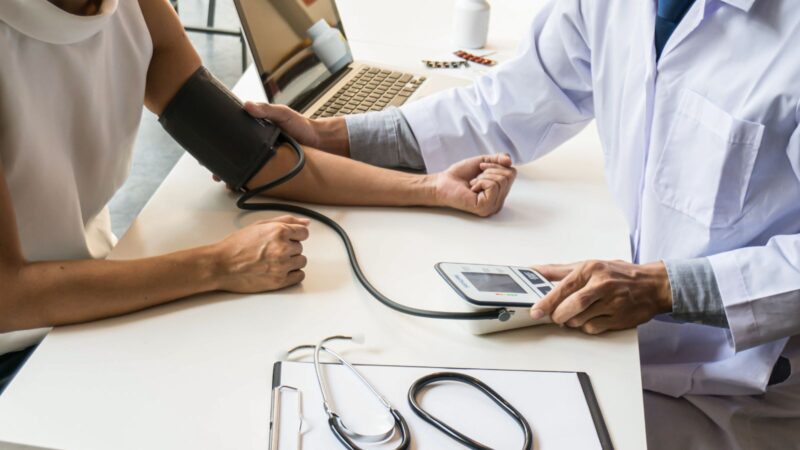
Trying to figure out the right help for yourself or someone you care about can feel overwhelming. There’s no one-size-fits-all answer when it comes to addiction support. That’s a truth you learn fast as a parent.
Everyone’s path and pain look a little different, and so does the way forward. Let’s break down what goes into matching the need for care with the right kind of support, in everyday terms.
Understanding the Levels of Care
Addiction treatment has built a system for matching care to need, called the continuum of care. This is just a fancy way of saying there are different stages and types of help, from the most intensive to the least. Each step is built to support a different stage of recovery.
The levels of care are recognized by experts and backed by solid evidence, giving real structure to how treatment can be matched to each person’s needs.
The American Society of Addiction Medicine, or ASAM, basically set up the gold standard for what kinds of treatment work best at each stage. They look at things like how severe the addiction is, what someone’s mental health looks like, and what kind of risks are involved.
How to Spot What’s Needed
Here are a few signs that help families and individuals match needs with care:
- Major changes in mood or health happen quickly. If someone is withdrawing, sick, or acting in risky ways, they might need more help right away.
- Mental health looks as tough as the addiction itself. When anxiety, depression, trauma, or psychosis come up alongside substance use, a higher level of care is usually safer.
- At-home support cannot keep up. Sometimes families do everything they can, but the level of chaos is too much. Extra structure or medical oversight can make a difference.
It’s normal for people to cycle in and out of different settings. It can feel confusing or even like a setback, but it is normal. Recovery is not about sticking with one thing, but about moving between different kinds of help as things change.
What Are the Main Types of Addiction Care?
Outpatient, IOP, and PHP
Outpatient care is the least intensive. This is best for people who have started to get a grip on things or need support balancing work, school, or family. You meet a counselor or join a group a few times a week, but you still stay at home.
Intensive Outpatient Programs, or IOP, step things up. These programs have you in therapy several days per week, for a few hours each time. IOP is for people who need more support but don’t need to live at a facility.

Partial Hospitalization Programs, called PHP, are even more structured. Think of it like a school day but for recovery. You get plenty of therapy, skills support, and even medical check-ins, but you still sleep at home.
Residential and Detox
Residential treatment, sometimes called rehab, means you live at a center for a while. This is best for people dealing with severe addiction or when things at home are too risky. There’s 24-hour support, lots of therapy, and time away from triggers.
Medical detox is where withdrawal is supervised by a team. If someone is at risk for seizures, major health issues, or extreme distress coming off substances, detox is the safest option. It can last a few days to a week.
When to Step Up or Step Down
Signs It’s Time to Step Up Care
You might need to go to the next level if:
- A person keeps relapsing when trying outpatient support
- Withdrawal or mental health struggles become unsafe
- There’s no safe or sober place to stay
Signs It’s Time to Step Down
Once stability and some coping skills are in place, people might move to a less intensive setting. That could mean leaving residential care to try IOP, or leaving PHP to go outpatient. It is not a failure to change course. It is about matching support to the new normal.
Your Path, Your Pace
Providers use ASAM criteria to match care with your needs, weighing health, support, and resources. If you feel confused, remember reaching out is progress.
Every step forward is a strength worth celebrating.












